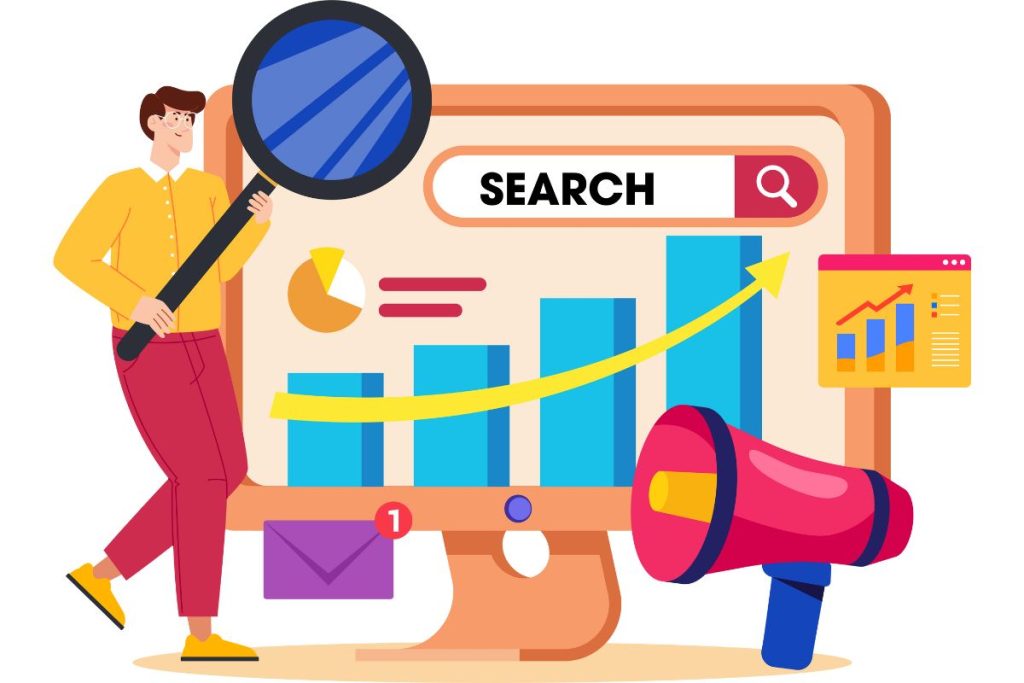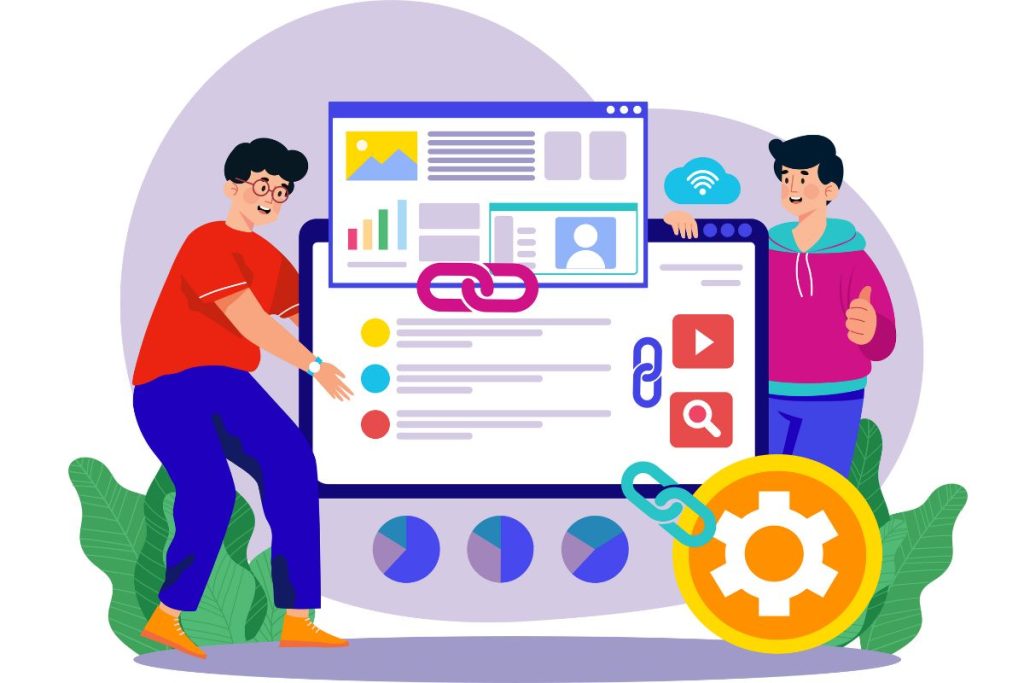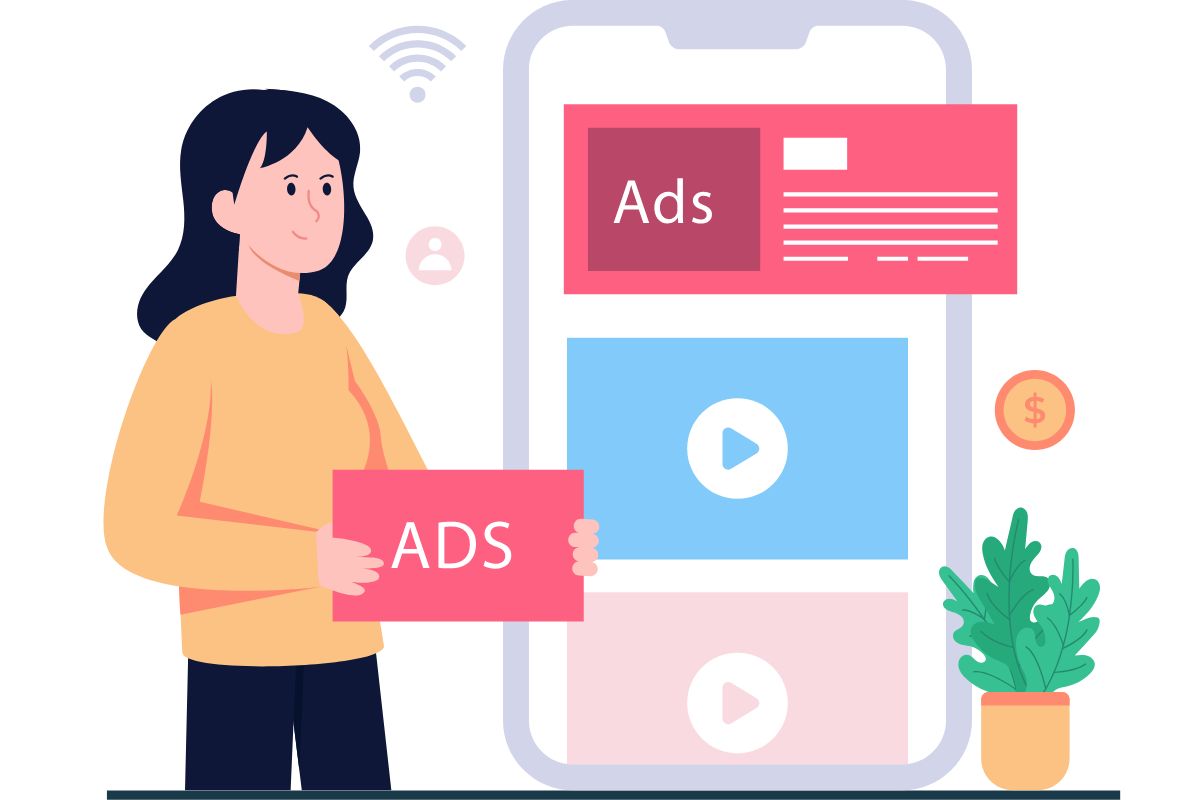Running a small business in today’s digital landscape means being smart with every marketing dollar.
For many businesses, Google Ads is one of the most effective platforms for reaching the right audience at the right time – but getting real results requires more than just creating a few ads and hoping for the best.
A well-thought-out strategy can make all the difference between wasted budget and measurable success.
Whether you’re new to paid search or looking to fine-tune your current approach, here are the best Google Ads strategies for small businesses looking to grow and compete with confidence.
Set Clear, Measurable Goals
Before spending a cent, you need to define what success looks like. Are you aiming to increase website traffic, generate leads, boost sales, or promote a new product? Each goal requires a slightly different campaign structure and ad format.
For example:
- Lead generation: Focus on conversion tracking and optimised landing pages.
- Ecommerce sales: Leverage Google Shopping and performance-based bidding.
- Brand awareness: Use display ads and YouTube campaigns to build recognition.
Partnering with a trusted Google Ads agency such as SIXGUN can help you align your goals with the right strategy from the outset, ensuring you don’t waste time or money on the wrong campaign type.

Start with a Tight Geographic Target
One of the greatest advantages of Google Ads for small businesses is the ability to target customers in specific locations. You don’t need a national budget to make a real impact in your local area.
By narrowing your target radius to just your city or surrounding suburbs, you’ll make every click count and attract people who are more likely to convert.
For example, a Melbourne-based hair salon should focus on advertising to people within a 5–10 km radius.
Likewise, a trades business in Bendigo may choose to target only those searching within a specific postcode or region.
Focus on High-Intent Keywords
While broad keywords may get you more clicks, they’re often less valuable. Instead, focus on high-intent keywords – the ones that suggest someone is ready to take action.
Consider the difference between:
- “home renovation ideas” (research-based)
- “kitchen renovation quote Melbourne” (high-intent)
Tools like Google’s Keyword Planner can help you identify what your potential customers are searching for. Aim for a mix of phrase match and exact match keywords to maximise relevance while still reaching a solid audience.
Use Negative Keywords to Filter Out Irrelevant Traffic
Negative keywords are one of the most underutilised yet powerful features in Google Ads – they allow you to block your ads from showing on irrelevant searches, saving your budget for the right clicks.
For example, if you sell luxury dog collars, you might want to exclude searches for “cheap dog collars” or “DIY dog collars”.
By building a strong list of negative keywords, you can dramatically improve the quality of your traffic and reduce your cost per lead or sale.
Write Compelling Ad Copy That Reflects Your Unique Selling Points
Your ad copy needs to do more than describe your product or service – it needs to convince someone to click.
Focus on what makes your business stand out. Do you offer free shipping, a fast turnaround, a local service guarantee, or exclusive deals?
Some quick tips for effective ad copy:
- Include your keyword in the headline and description.
- Highlight benefits, not just features.
- Use call-to-actions like “Get a Free Quote” or “Book Today”.
You can also use ad extensions (sitelinks, callouts, and structured snippets) to add extra information and take up more space on the search results page, giving your ad even more visibility.
Optimise Your Landing Pages
Clicking the ad is just the first step – where the user lands next is just as important. If your landing page is slow, confusing, or doesn’t match the ad message, your potential customer might bounce before converting.
A high-converting landing page should:
- Load quickly on mobile and desktop
- Have a clear headline that matches the ad
- Include one focused call-to-action (e.g., “Request a Quote”)
- Use trust signals like testimonials, reviews, or guarantees
If you’re sending people to your homepage for every ad, you’re likely missing out on conversions. Tailored landing pages are key.

Use Smart Bidding (…But Stay in Control!)
Google’s Smart Bidding strategies, such as Target CPA (Cost Per Acquisition) or Maximise Conversions, use machine learning to optimise bids based on likelihood to convert.
These can be very effective for small businesses with limited time to manually adjust bids. That being said, it’s important to monitor performance closely and not set-and-forget.
Sometimes, especially in niche markets or with small budgets, manual bidding or Enhanced CPC may give better control and results.
Track Everything (and Use the Data!)
One of the biggest advantages of Google Ads is the data it provides – but too many small businesses launch campaigns without proper tracking in place. Make sure you:
- Set up conversion tracking via Google Ads and Google Analytics
- Monitor click-through rates (CTR), cost per click (CPC), and conversion rates
- Review your search term reports to identify high-performing (and irrelevant) search queries
Use this data to constantly refine your campaigns. Pause poor-performing ads, shift budget to the best performers, and tweak copy or targeting as needed.
Embrace Remarketing
Most people won’t convert on their first visit. Remarketing allows you to show ads to users who’ve previously visited your site, giving them a nudge to come back and complete their action.
You can set up:
- Standard remarketing: Ads shown across the web to past visitors.
- Dynamic remarketing: Show specific products/services the user viewed.
- Remarketing lists for search ads (RLSA): Customise your search ads and bids for previous site visitors when they search again on Google.
Remarketing is cost-effective and keeps your brand top-of-mind.
Test, Learn and Evolve
Finally, don’t be afraid to experiment. What works well for one business may not work for another – especially when audience behaviours can vary by industry, location, and season.
A/B test your ads, try new keyword variations, experiment with different ad formats, and explore features like video or call-only campaigns. Keep learning, and adapt based on what your data is telling you.
Ready to get started?
Google Ads is one of the most powerful digital marketing tools available to small businesses – but it only rewards those who approach it strategically.
By setting clear goals, targeting the right audience, and continuously optimising your campaigns, you can stretch your budget further and see real, measurable results.

